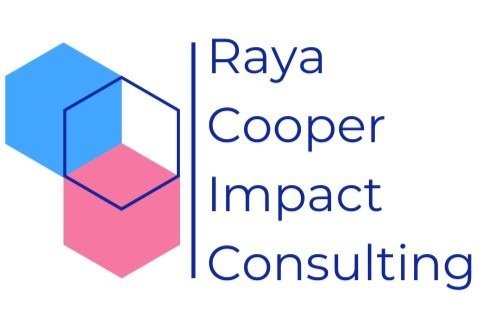Beyond the Book report — Creating Impactful Impact Reports
On the surface, an impact report is simply a report - like a financial statement, or a book report, it proves that we did something that we were supposed to do. But, when done right, impact reports can play a major part in how an organization communicates and connects with the world. They can generate brand or issue awareness and inspire action and funding. A well-written Impact Report both understands its audience and the business value it is driving, and is crafted to deliver.
Impact reports occupy a unique space at the intersection of marketing and communications, and accountability and compliance. Its authors have to strike the right balance between somewhat competing priorities to achieve their goals. A report that weights too heavily towards communications can become a marketing exercise and risk impact-washing. While on the other side, a report that weights too heavily towards accountability and compliance can become overly technical, uninspiring and (the horror!) perhaps never get read.
“A well written impact report both understands it audience and the business value it is driving — and it is crafted to deliver”
Over the next few weeks, we will take a look at Impact Reporting, peel back the layers of what makes a successful, effective impact report. We will examine common types of impact reports, their strengths and limitations. The goal is to equip ourselves with the knowledge to create impact publications that work for us and do what we need them to do, while striking that balance between storytelling and accountability.
But! Before we dig into the different types and approaches of a well-constructed Impact Report, let’s start out with a few important considerations.
Audience: A strong report knows its audience, and knows it can’t be all things to all people. Naming the audience and what they need from you will help to set the tone and goal, and ultimately inform the shape of the report.
Business Need: Know what you want the audience to do with your report - do you want them to emulate it? To share it? To be inspired to donate or do something? Do you want to increase your brand or issue awareness? Drive traffic to your business? Do you want them to purchase your product? Or continue their investment? Do you need to meet compliance requirements to continue to be in good standing with funders or regulatory agencies? All reports optimize for a business need. Know what you are optimizing for with this report, and build the report that helps you do that.
Unifying Theme and Story: At minimum, a mission or vision statement helps to ground the report, and tie elements into a cohesive narrative throughout. Ideally, there is a framework that connects the mission/vision to the activities, programs and initiatives included in the report. This indicates that the organization is being strategic in how it is allocating its resources to achieving impact.
Stories and Numbers: Similar to competing priorities of marketing and accountability, the author must strike the right balance between stories and numbers. The right balance depends on the business need and the audience. More to come on this.
Numbers that go beyond scope & scale: I’ll say it once, and I’ll say it again (and again…), impact is not dollars donated or hours spent. Hopefully, they are predictive of impact, if those dollars are spent with intention, and spent effectively. Include numbers that go beyond scope and scale, and point to what is actually happening as a result of your investments and programs.
This is my list– what I’ve seen work over the past decade-ish helping organizations measure, report and learn about their social impact. What would you add? What do you think helps an impact report be, well, impactful?
Next time, we will discuss how we understand our audience and our purpose. A single publication can’t be all things to everyone, nor do you want it to be! We will examine how reports take on different shapes based on the audience and the business need, and how you can optimize your report for what you want it to do.


